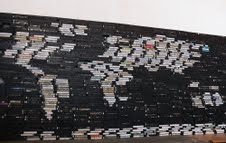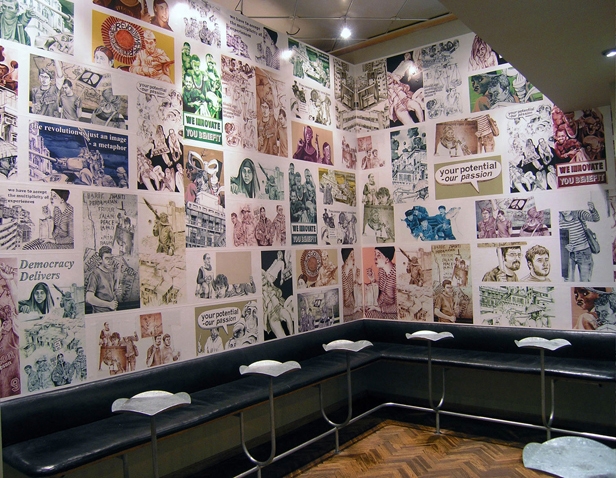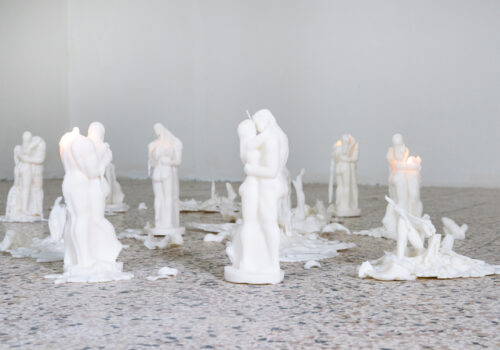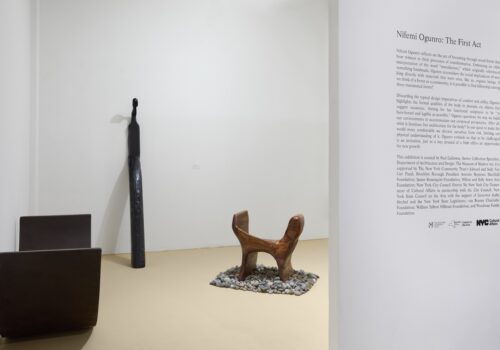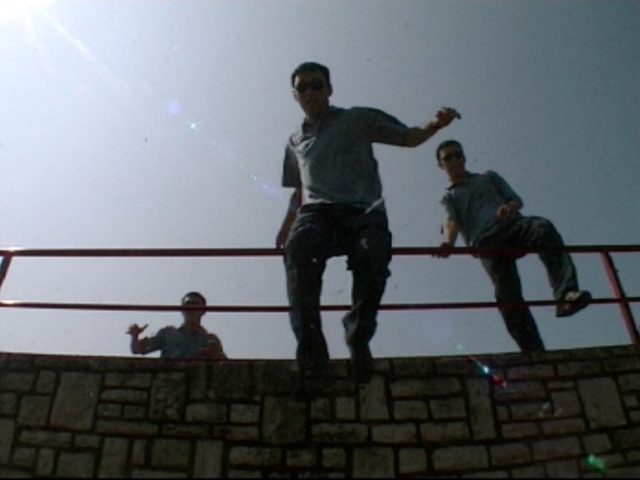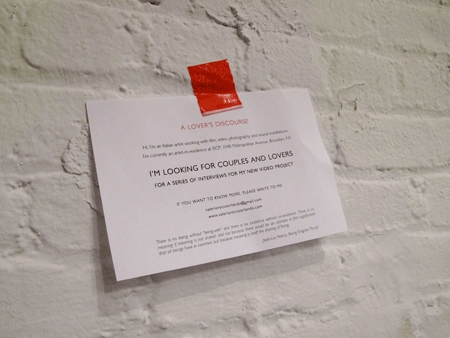ISCP TalkApril 6, 2010
Salon: Alberto Borea (Peru) and Monika Marklinger (Sweden)
Alberto Borea’s work is characterized by the continuous displacement and use of diverse media and materials. This openness towards a diversity of media helps him to define the development of an artistic proposal, in which fundamental importance is adhered to the object’s time and history within the plastic discourse. Borea is interested in the relation between different cultures and histories, between the so-called center and its periphery. The position of distance in cultural, economic and social events is an important part of the process and execution of his projects. Attracted to the residues of civilization and culture, Borea has a particular interest in using and conceptualizing such residues for his work. Lately his work has been related to non-places, transit and movement, mapping the self, and mapping identity.
Characteristic of Monika Marklinger’s work is the emphasis on visual questions from a social and political perspective. She seldom works with single pictures but rather strives to integrate her stories and pictorial elements in collages and installations full of details. These become a sort of open chain of thoughts where text and image, object and projection, painting and photography unite. Monika Marklinger has contributed to several publications and artistic research projects such as What is to be done [Chto Delat] (part of Documenta Magazine Table, Kassel 07) and Painting Beyond Space, RUFCA, Stockholm. Marklinger has exhibited in several venues in Sweden and abroad, including Moderna Museet, Stockholm, Galerie im Taxispalais, Innsbruck, Austria and the Prince Of Wales Museum, Bombay, India. Monika Marklinger is represented by Galleri Flach+Thulin in Stockholm.
